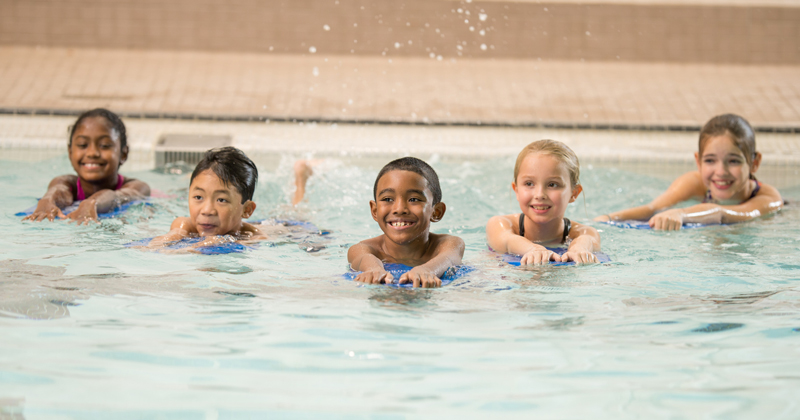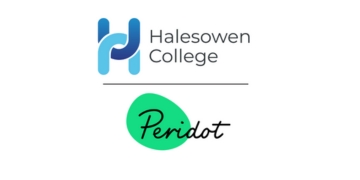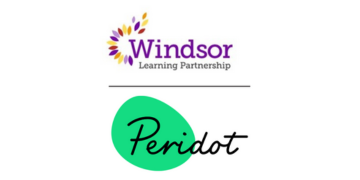As the autumn publication of its final review nears, there is a palpable optimism arising from the government’s curriculum and assessment review.
It comes at a pivotal time, as the new national curriculum will shape the educational experiences of more young people than its predecessor. Academies, which have had a significant amount of latitude in this respect, will now be required to follow it.
This will ensure that all children have a strong and consistent core at the heart of their education, but this greater reach does of course mean that it’s more important than ever that we get it right.
To do so, one of the most pressing priorities must be to restore breadth and balance to the curriculum. The (perhaps well-meaning) prioritisation of international league table positions became obsessive and misguided under the previous government, and this came at the cost of limiting young people’s engagement with the enriching opportunities provided by the arts, music and languages.
We must address this unfortunate narrowing and the factors that have driven it if we are to make learning inspiring for everyone and provide opportunities for all children to achieve and thrive.
But getting the curriculum right involves more than just fixing the wrongs of the past. It’s also about making sure that it acts as a bridge between the worlds of childhood and adulthood, teaching our young people the skills and knowledge they need to be able to navigate the modern world safely and successfully as grown-ups.
Now it is the case, as the interim curriculum and assessment review notes, that our children’s learning needs to reflect fast-moving technological and other changes and to provide them with the knowledge they need to be ready for work. But it needs to do more than that: it also needs to be preparing them to live.
The curriculum also needs to be preparing young people to live
This is not just about transforming lives but potentially about saving them too. For example, I recently spoke in parliament and led a debate on improving water safety education in schools. I did this following the tragic death of a young constituent who had been enjoying a day out at the beach when he was taken by a rip tide.
At least in coastal constituencies like mine, I want children to learn how to be safe near and on the water as a core and compulsory part of their education. In other constituencies, there will be other vital practical knowledge and skills that keep young people safe in their environments.
Rightly, when adding to the curriculum is raised, so too is the issue of our already overworked teachers and over-loaded curriculum. I agree, but any curriculum review worth its salt should be looking at the whole offer in the round and asking whether its goals are best achieved by the existing content and assessments. In doing so, we should be prepared for the answer to be ‘no’.
So part of the solution involves not just looking at what’s in the national curriculum, but also at ensuring that schools have the time, flexibility and capacity to be more responsive to their communities’ needs, whether this is teaching water safety, financial literacy, outdoor safety or any of the other myriad topics that will help their young people to learn, and to grow, safely.
Whether the answer is ensuring that schools can adapt the curriculum to the local context, or easing the pressure from so many high-stakes examinations, it’s important to look not just at what we’re teaching as part of the curriculum, but how it sits alongside the other things that create a rounded school experience.
I hope Bridget Phillipson and her recently refreshed team of education ministers will get this right and not be afraid to ask tough questions and make the right decisions.
Ultimately, this government’s mission is to break down barriers to opportunity, and this is just about the greatest opportunity we can offer young people: an education that empowers them to live long and enriching lives.












Your thoughts